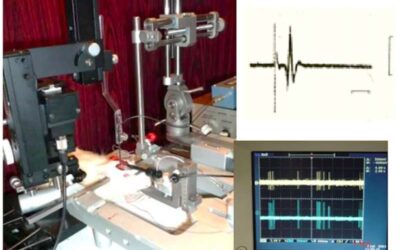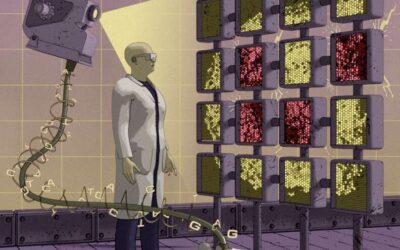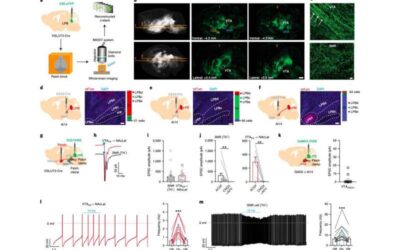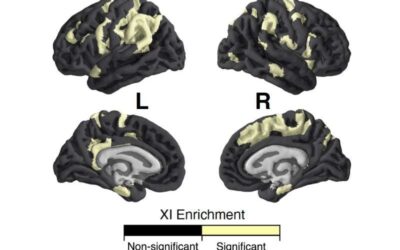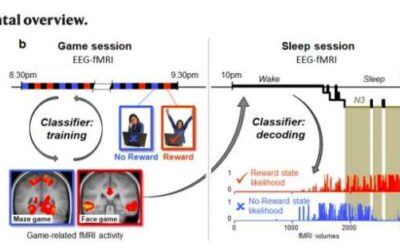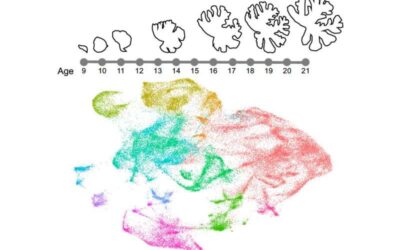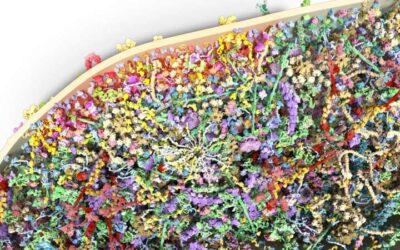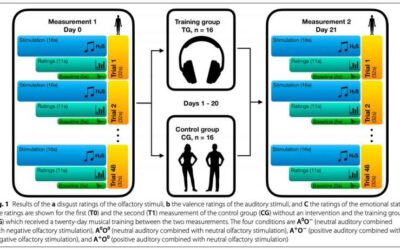When humans perform movements and actions in their surrounding environment, they typically feel that they own and control different parts of their body. Past theoretical studies have suggested that the sense of body ownership emerges from the integration of coherent...
Neuroscience
Ketone 2-heptanone reduces inhibitory control of the amygdala in the mouse brain
Alarm pheromones are substances that send danger signals to different parts of the brain. When these signals are perceived by other pheromones of the same class, they can act as cues that alert humans or animals about a potential danger.
Study identifies reactive neuroinflammatory astrocyte subtypes in the mouse brain
Astrocytes are a specialized class of glial cells highly abundant in the central nervous system (CNS) of humans and other animal species. Past neuroscience research has shown that after infections, acute injuries and chronic neurodegenerative diseases, these cells can...
Identifying a neural circuit involved in how pain modulates dopamine neurons
The neurotransmitter dopamine (DA) has several important functions. For instance, it known to play a role in how we feel pleasure, as well as in our ability to concentrate on everyday task, maintain focus, and learn specific behaviors.
Study explores the influence of the X-chromosome on brain anatomy
Past neuroscience research suggests that common differences in people's genetic profiles can explain a significant proportion of variations in people's brain anatomy. In more specific terms, they found that neuroanatomical variation is partly explained by genetic...
Study shows that rewarded life experiences are replayed and consolidated during sleep
Past neuroscience studies have consistently showed that sleep plays an important role in memory consolidation. For instance, some neuroimaging research showed that the brain regions that are activated while humans are encoding waking experiences can later be...
Study unveils the role of the basal ganglia in the control of learned motor skills
Most neuroscience studies investigating motor skills are carried out on rodents. In these experiments, rodents are typically tested on simple motor tasks that they can easily complete using motor behaviors in their repertoire, or slightly adapted versions of these...
The first molecular map describing human cerebellar development
The cerebellum, a major structure in the human hindbrain, is known to be of central importance for enabling several motor functions, along with cognition, emotional regulation and language processing. Compared to the cerebral cortex, however, this structure is still...
A large-scale examination of the protein composition of dendritic spines
Dendritic spines, small membranous protrusions emerging from a brain cell's dendrite, help to transmit electrical signals to neurons. These spines can have a variety of different shapes, ranging from so-called "stubby" to "mushroom-like."
Neuroscientists assess the impact of a short-term musical training on implicit emotion regulation
Emotion regulation is an essential aspect of mental health and wellbeing. In fact, past studies have found associations between poor emotion regulation and several psychiatric disorders, including bipolar disorder, borderline personality disorder and complex...


